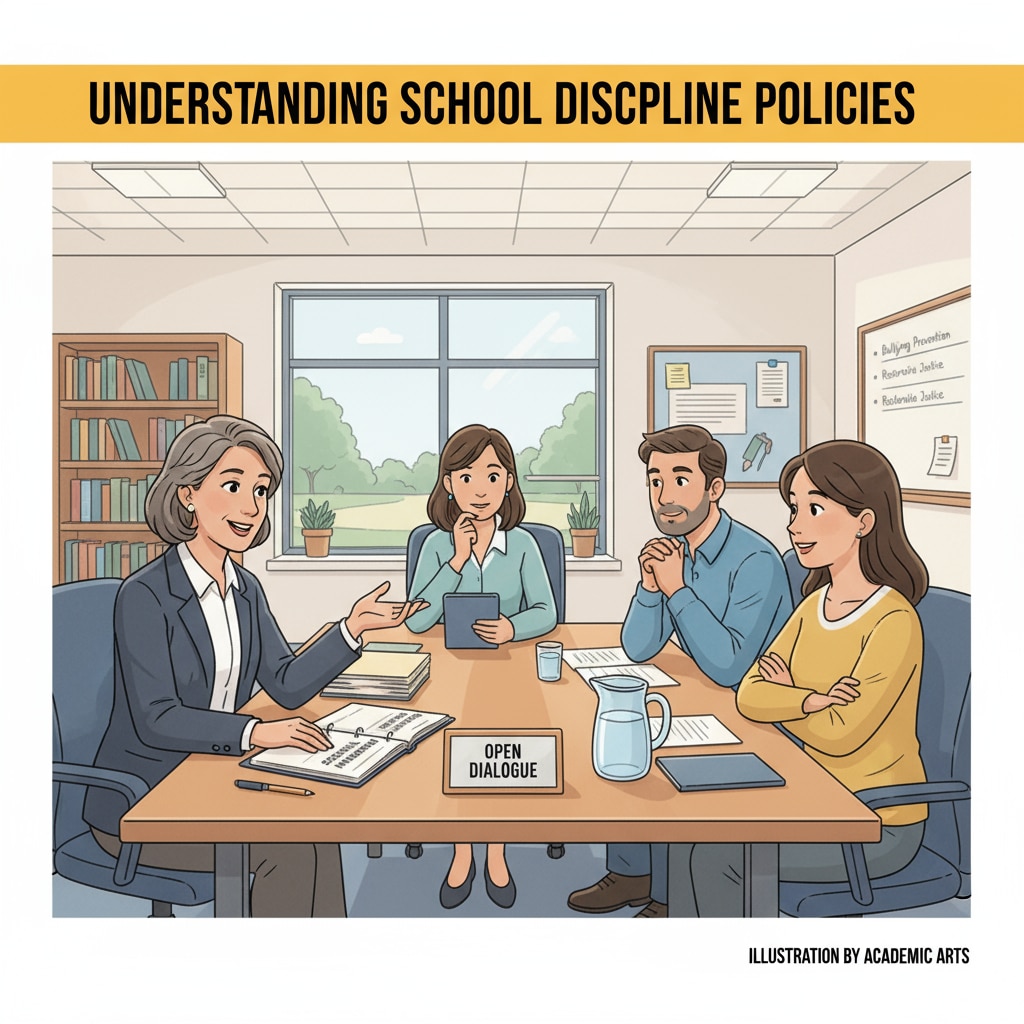In the complex landscape of education, the intersection of restorative discipline practices, parental demands, and school policies poses a significant challenge for school administrators. As schools increasingly embrace restorative discipline, which focuses on repairing harm and building relationships rather than punitive measures, they often encounter parents who expect more traditional, severe forms of punishment. This article delves into how school managers can navigate this delicate balance.

The Challenge of Divergent Expectations
Restorative discipline represents a shift in the traditional approach to student misbehavior. It aims to address the root causes of actions and promote healing within the school community. However, some parents, influenced by their own school experiences or concerns about maintaining order, may demand harsher punishments like suspensions or expulsions. This divergence in views creates a tension that school administrators must resolve. For example, when a student engages in a minor conflict, a parent might want immediate suspension, while the school’s restorative discipline policy calls for a mediation session to understand the underlying issues. Restorative justice on Wikipedia provides a broader context for the concept of restorative discipline.
Effective Communication as the Foundation
Open and honest communication is crucial in bridging the gap between parental expectations and school policies. School administrators should proactively engage with parents to explain the principles and benefits of restorative discipline. By hosting informational sessions, sending regular newsletters, or having one-on-one meetings, they can help parents understand how this approach fosters long-term positive behavior change. For instance, sharing success stories of students who have improved through restorative practices can demonstrate its effectiveness. In addition, listening to parents’ concerns is equally important. Administrators should create a safe space for parents to voice their fears and expectations, showing empathy and understanding. Educational psychology on Britannica offers insights into effective communication in an educational setting.

Building an Educational Consensus
To gain parental support for restorative discipline, schools need to build an educational consensus. This involves collaborating with parents to develop a shared understanding of the educational goals. Administrators can involve parents in the process of creating and reviewing school policies related to discipline. By inviting parents to participate in policy-making committees or seeking their feedback on proposed changes, schools can make parents feel like active partners. Moreover, providing educational resources about child development and positive discipline strategies can help parents see the value of restorative approaches. This way, parents can be more likely to support the school’s efforts in promoting a restorative environment.
Collaborative Solutions
When faced with parental demands for strict punishment, school administrators can work towards collaborative solutions. Instead of simply dismissing parents’ requests, they can explore ways to incorporate elements of traditional discipline while staying true to the principles of restorative discipline. For example, in cases where a student has made a serious mistake, a school might agree to a short-term suspension as a consequence, but also ensure that the student participates in restorative activities upon return, such as individual counseling or community service projects. This approach acknowledges the parents’ concerns while still focusing on the student’s growth and rehabilitation.
Readability guidance: The article uses short paragraphs and lists to summarize key points. Each H2 section provides relevant information in a clear and concise manner. The proportion of passive voice and long sentences is controlled, and transition words are evenly distributed throughout the text to enhance readability.


